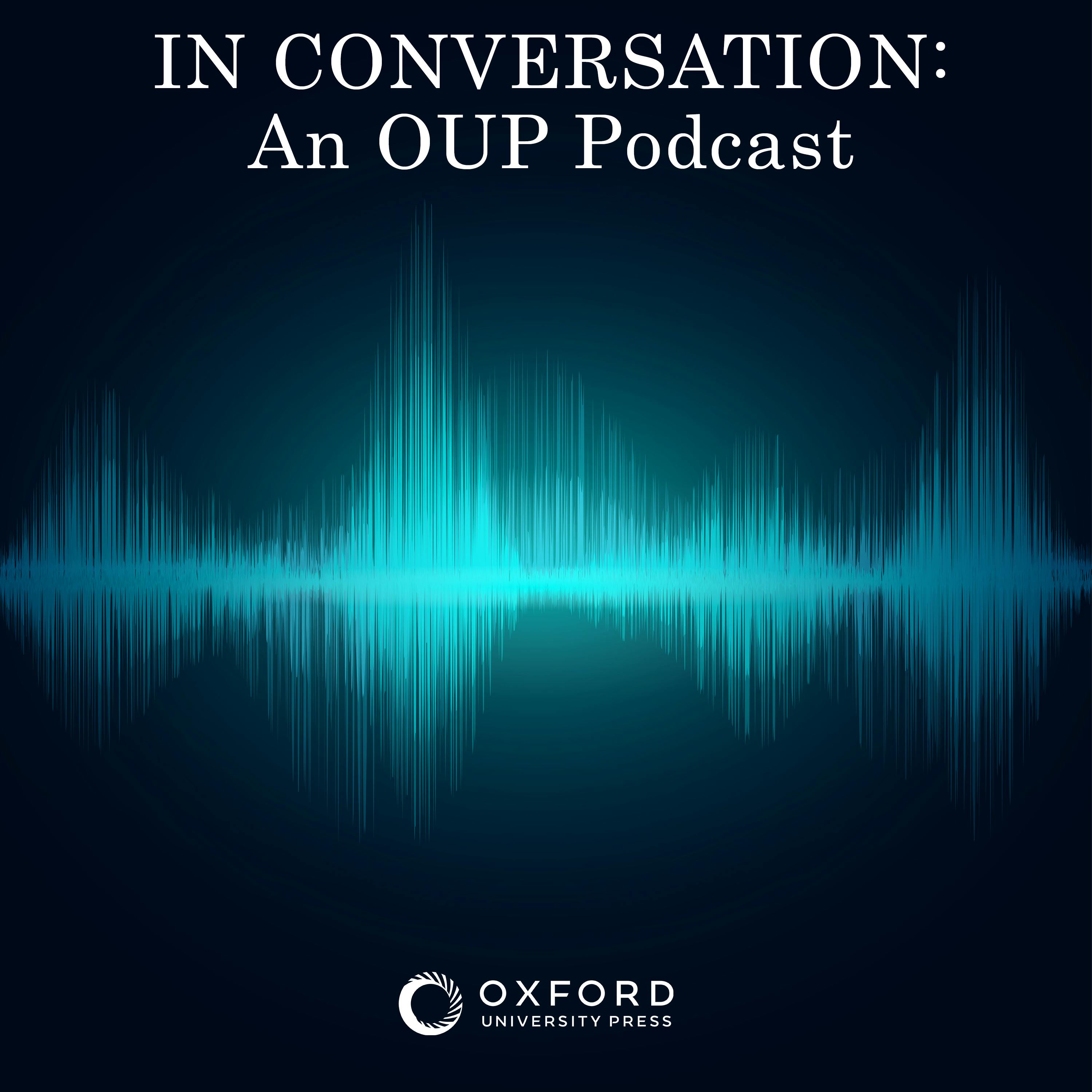
Virginia Garrard-Burnett, Terror in the Land of the Holy Spirit (Oxford UP, 2011)

In Conversation: An OUP Podcast
Shownotes Transcript
I have a colleague at Newman who takes students to Guatemala every summer. Since I arrived she’s encouraged me to join her. I would stay with the order of sisters who sponsor our university. I’d learn at least a few words of rudimentary Spanish. And, she says, if I’m really interested in genocide, I must visit this complicated, conflicted country.
I’ve always declined (granted, I’m usually taking students to Europe, so I have a good excuse). However, after reading Virginia Garrard-Burnett’)s excellent description of Guatemala in the early 1980s, I may have to say yes the next time.
Burnett does an extraordinary job of making the complex politics of Guatemala understandable. Terror in the Land of the Holy Spirit: Guatemala under General Efrain Rios Montt 1982-1983 )(Oxford University Press, 2011) is at least partly a biography of Rios Montt, and an excellent one. Burnett’s explanation of Rios Montt’s complicated personality and the influence religion played on his rule is superb. But the book moves beyond that to explain briefly the broader context that brought the president to power and the ways in which repression turned into open violence.
Before doing this interview, I probably knew less about Guatemala than any other case of genocidal violence. After the interview, I intend to make sure this is no longer true.
One note: Garrard-Burnett’s time was relatively limited, so today’s interview is a bit shorter than normal. I encourage you to read the book to appreciate fully the richness of her analysis.